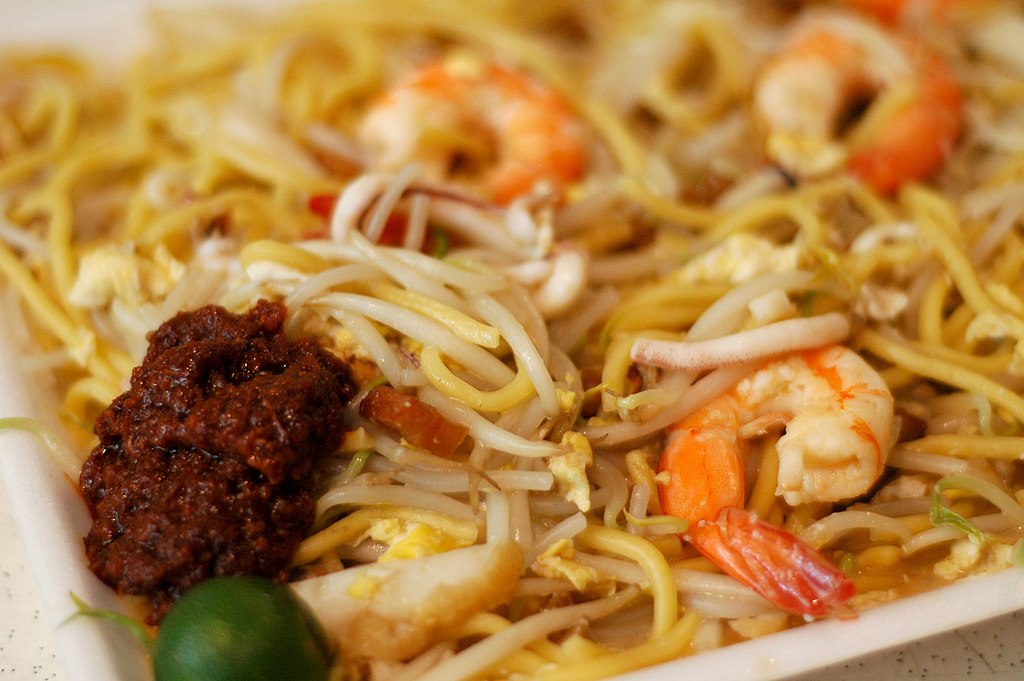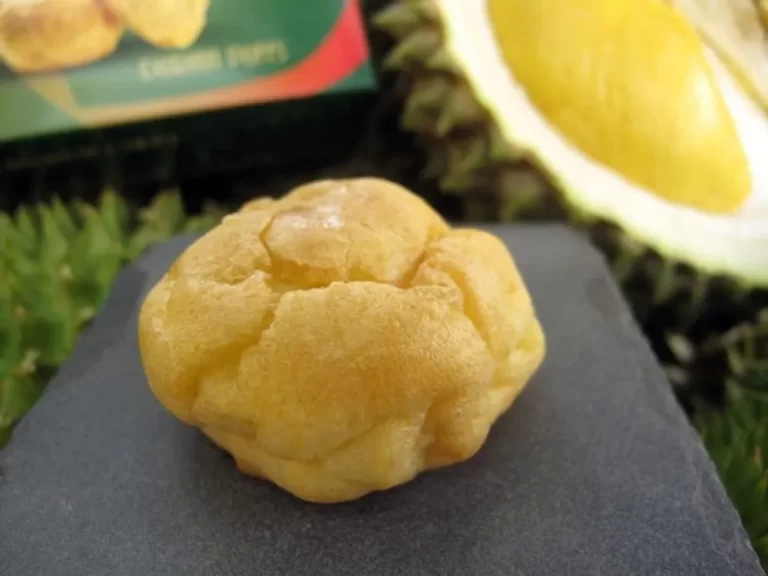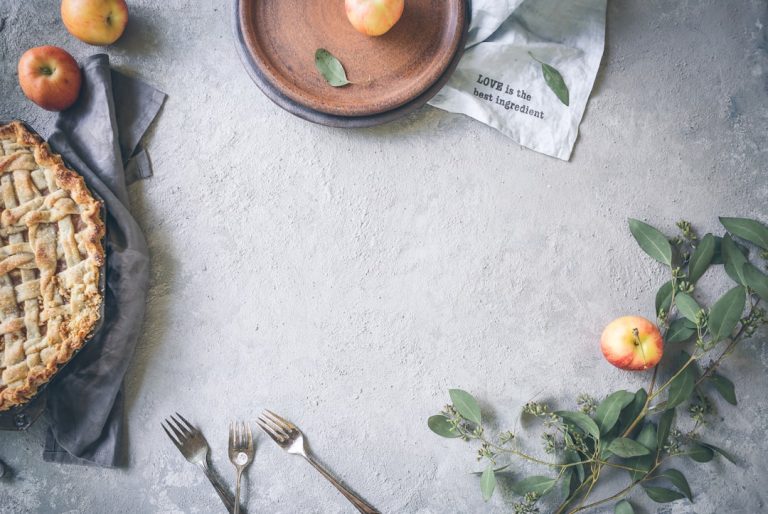Discovering Singapore’s Ultimate Delight: The Best Fried Hokkien Prawn Mee in Singapore

Singapore is known for its vibrant food scene, with a diverse range of cuisines and flavors to explore. From hawker centers to high-end restaurants, there is something for every palate in this culinary paradise. One dish that should not be missed on a visit to Singapore is Hokkien Prawn Mee. This iconic dish is a must-try for seafood lovers and offers a unique blend of flavors and textures that will leave you craving for more.
Key Takeaways of the Best Fried Hokkien Prawn Mee in Singapore
- Singapore is a culinary adventure with many delicious dishes to try.
- Hokkien Prawn Mee is a popular noodle dish in Singapore made with prawns and a variety of ingredients.
- Fried Hokkien Prawn Mee has a rich history in Singapore and is a beloved dish among locals.
- The secret to perfectly fried Hokkien Prawn Mee is in the preparation of the ingredients and the cooking technique.
- The best places to find Fried Hokkien Prawn Mee in Singapore are in hawker centers and local food stalls.
What is Hokkien Prawn Mee?
Hokkien Prawn Mee is a popular noodle dish that originated from the Hokkien Chinese community in Singapore. It is made with a combination of yellow noodles and rice vermicelli, stir-fried with prawns, squid, pork belly, and bean sprouts.
The dish is then flavored with a rich and savory sauce made from soy sauce, oyster sauce, and shrimp paste. It is garnished with fried shallots and served with sambal chili on the side for an extra kick of spice.
The key ingredients in Hokkien Prawn Mee are the prawns and the noodles. The prawns are usually cooked whole, with the heads and shells left on to infuse the dish with their sweet and briny flavors. The noodles are stir-fried until they are slightly charred, giving them a smoky flavor and a chewy texture.
The combination of the succulent prawns, tender squid, crispy pork belly, and flavorful noodles creates a harmonious blend of flavors that is both satisfying and comforting.
The History of Fried Hokkien Prawn Mee in Singapore
Hokkien Prawn Mee has a long history in Singapore, dating back to the early days of Chinese migration to the island. The dish was originally brought over by Hokkien immigrants from the Fujian province in China. Over time, it evolved and adapted to the local tastes and ingredients available in Singapore.
The cultural significance of Hokkien Prawn Mee is evident in its popularity among Singaporeans. It is considered a comfort food and is often enjoyed as a family meal or a late-night supper. The dish has also become an integral part of Singapore’s hawker culture, with many stalls specializing in Hokkien Prawn Mee and attracting long queues of hungry customers.
The Secret to Perfectly Fried Hokkien Prawn Mee
| Ingredient | Amount |
|---|---|
| Hokkien noodles | 500g |
| Prawns | 300g |
| Pork belly | 200g |
| Garlic | 4 cloves |
| Shallots | 2 |
| Chilli paste | 2 tbsp |
| Dark soy sauce | 2 tbsp |
| Light soy sauce | 2 tbsp |
| Bean sprouts | 100g |
| Chinese chives | 50g |
| Eggs | 2 |
| Oil | 3 tbsp |
Achieving the perfect texture and flavor in Hokkien Prawn Mee requires some skill and technique. Here are some tips and tricks to help you master this delicious dish:
1. Use fresh ingredients: The quality of the seafood and other ingredients used in the dish can make a big difference in the final result. Look for fresh prawns, squid, and pork belly to ensure that they are tender and flavorful.
2. Char the noodles: The key to achieving the smoky flavor and chewy texture of Hokkien Prawn Mee is to char the noodles slightly during the stir-frying process. This can be done by cooking the noodles over high heat until they start to brown and crisp up.
3. Balance the flavors: Hokkien Prawn Mee is all about balancing flavors. The sauce should be savory and slightly sweet, with a hint of umami from the shrimp paste. Adjust the seasoning to your taste by adding more soy sauce, oyster sauce, or shrimp paste as needed.
4. Don’t overcook the seafood: To ensure that the prawns and squid are tender and juicy, be careful not to overcook them. They should be cooked just until they turn pink and opaque.
5. Garnish with fried shallots: The addition of fried shallots adds a crispy texture and a fragrant aroma to the dish. Sprinkle them generously over the Hokkien Prawn Mee before serving.
Avoid these common mistakes when making Hokkien Prawn Mee:
1. Overcooking the noodles: Overcooked noodles can become mushy and lose their chewy texture. Cook the noodles just until they are al dente, then rinse them under cold water to stop the cooking process.
2. Using too much sauce: Hokkien Prawn Mee should have a rich and flavorful sauce, but be careful not to drown the noodles in it. Use just enough sauce to coat the noodles and enhance the flavors of the other ingredients.
3. Neglecting the garnishes: The fried shallots and sambal chili are essential components of Hokkien Prawn Mee. Don’t skip them, as they add depth of flavor and a spicy kick to the dish.
Where to Find the Best Fried Hokkien Prawn Mee in Singapore
If you’re looking to try the best Fried Hokkien Prawn Mee in Singapore, there are several places you should check out. Here are some recommendations for top restaurants and hawker centers:
1. Tian Tian Lai Hokkien Mee: Located in Tiong Bahru Market, this stall is known for its flavorful Hokkien Prawn Mee that is cooked to perfection. The noodles are charred just right, and the prawns are juicy and succulent.
2. Ah Hock Fried Hokkien Noodles: This stall in Chomp Chomp Food Centre is a favorite among locals for its generous portions and authentic flavors. The noodles are stir-fried with a good amount of wok hei (the breath of the wok), giving them a smoky flavor that is hard to resist.
3. Geylang Lor 29 Fried Hokkien Mee: Located in Geylang, this stall has been serving up delicious Hokkien Prawn Mee for over 50 years. The noodles are cooked to perfection, and the prawns are fresh and flavorful.
Insider tips for finding hidden gems:
1. Explore hawker centers: Singapore’s hawker centers are a treasure trove of delicious food, including Hokkien Prawn Mee. Take the time to explore different hawker centers and try the dish from different stalls to find your favorite.
2. Ask the locals: Singaporeans are passionate about their food and are always happy to share their recommendations. Strike up a conversation with a local and ask them where they go for the best Hokkien Prawn Mee.
3. Look for long queues: A long queue is often a sign of good food. If you see a stall with a line of people waiting patiently, chances are the food is worth the wait.
A Guide to Different Variations of Hokkien Prawn Mee

While the traditional Hokkien Prawn Mee is delicious on its own, there are also several regional and international variations of the dish that offer unique twists and adaptations. Here is an overview of some of these variations:
1. Penang Hokkien Prawn Mee: This variation is popular in Penang, Malaysia, and features a richer and spicier sauce made with chili paste and belacan (shrimp paste). It is often garnished with sliced pork, hard-boiled eggs, and fresh lime juice.
2. Kuala Lumpur Hokkien Mee: In Kuala Lumpur, the dish is known as Hokkien Mee or Har Mee. It is cooked with a dark soy sauce-based gravy and topped with crispy pork lard, fried shallots, and chopped spring onions.
3. Thai-style Hokkien Prawn Mee: In Thailand, Hokkien Prawn Mee is known as Pad Mee Hokkien. It is stir-fried with Thai chili paste, fish sauce, and palm sugar, giving it a sweet and spicy flavor. It is often garnished with fresh lime wedges and chopped coriander.
4. Singapore-style Black Hokkien Mee: This variation of Hokkien Prawn Mee is cooked with a dark soy sauce-based gravy, giving it a rich and savory flavor. It is often garnished with crispy pork lard, fried shallots, and sliced red chili for an extra kick of spice.
The Best Side Dishes to Complement Your Fried Hokkien Prawn Mee
To complete your culinary experience, here are some suggestions for side dishes that pair well with Hokkien Prawn Mee:
1. Satay: Satay is a popular street food in Singapore and makes a great accompaniment to Hokkien Prawn Mee. The tender skewered meat, grilled over charcoal, pairs well with the rich and savory flavors of the noodles.
2. Rojak: Rojak is a traditional fruit and vegetable salad that is sweet, sour, and spicy all at once. The refreshing flavors of the rojak help to balance out the richness of the Hokkien Prawn Mee.
3. Ice-cold beer: A cold beer is the perfect beverage to wash down the rich flavors of Hokkien Prawn Mee. The crisp and refreshing taste of the beer complements the savory and smoky flavors of the dish.
4. Chendol: For dessert, try a bowl of chendol, a popular local dessert made with shaved ice, coconut milk, palm sugar syrup, and green jelly noodles. The sweet and creamy flavors of the chendol provide a refreshing end to your meal.
Hokkien Prawn Mee: A Must-Try Dish for Seafood Lovers
If you’re a seafood lover, Hokkien Prawn Mee is a dish that you must try. The combination of succulent prawns, tender squid, and smoky noodles creates a symphony of flavors that will delight your taste buds. The dish showcases the freshness and quality of the seafood, allowing you to savor the natural sweetness and brininess of the prawns and squid.
Compared to other popular seafood dishes in Singapore, such as chili crab and black pepper crab, Hokkien Prawn Mee offers a more affordable and accessible option. It is widely available at hawker centers and can be enjoyed without breaking the bank. The dish also offers a different flavor profile, with its savory and smoky flavors standing out from the sweet and spicy flavors of the crab dishes.
The Health Benefits of Hokkien Prawn Mee
While Hokkien Prawn Mee is undeniably delicious, it is also important to consider its nutritional value and health benefits. Here are some key ingredients in the dish and their health benefits:
1. Prawns: Prawns are a good source of lean protein and are low in fat. They are also rich in omega-3 fatty acids, which have been shown to have numerous health benefits, including reducing inflammation and improving heart health.
2. Noodles: The noodles used in Hokkien Prawn Mee are a good source of carbohydrates, providing energy for your body. They also contain some fiber, which aids in digestion.
3. Bean sprouts: Bean sprouts are low in calories and high in fiber, making them a great addition to a healthy diet. They are also rich in vitamins C and K, as well as minerals like iron and calcium.
4. Shallots: Shallots are a member of the onion family and are packed with antioxidants that help fight inflammation and boost your immune system. They also contain compounds that may help lower blood pressure and cholesterol levels.
To make Hokkien Prawn Mee healthier, you can make a few modifications to the recipe. Use whole wheat noodles instead of regular noodles to increase the fiber content. You can also reduce the amount of oil used for stir-frying and opt for leaner cuts of meat, such as chicken breast or lean pork.
Why You Should Try Fried Hokkien Prawn Mee in Singapore
In conclusion, Hokkien Prawn Mee is a must-try dish for anyone visiting Singapore. Its rich flavors, unique textures, and cultural significance make it a true culinary gem. Whether you’re a seafood lover or simply looking to explore the diverse flavors of Singaporean cuisine, Hokkien Prawn Mee is sure to satisfy your cravings.
From its humble origins in the Hokkien Chinese community to its popularity among locals and tourists alike, Hokkien Prawn Mee has become an iconic dish that represents the rich culinary heritage of Singapore. So, don’t miss out on this culinary adventure and make sure to add Hokkien Prawn Mee to your list of must-try dishes when visiting Singapore.
Looking for more delicious food recommendations in Singapore? Check out our related article on the Best Klang Bak Kut Teh in Singapore. Indulge in the rich and aromatic herbal broth that is simmered for hours, paired with tender pork ribs that fall off the bone. If you’re craving something spicy, don’t miss our article on the Best Dry Laksa in Singapore, where you can savor the unique combination of thick rice noodles, fragrant spices, and savory toppings. And for those with a sweet tooth, discover the heavenly delights of the Best Durian Puff in Singapore, where creamy durian filling is encased in a delicate pastry shell. Explore the diverse culinary scene of Singapore with these mouthwatering recommendations!
FAQs of the Best Fried Hokkien Prawn Mee in Singapore
What is Hokkien Prawn Mee?
Hokkien Prawn Mee is a popular dish in Singaporean cuisine. It is a stir-fried noodle dish that is made with yellow noodles and rice vermicelli, prawns, squid, pork belly, and a variety of vegetables. The dish is typically served with sambal chili paste and lime wedges.
What makes a good Fried Hokkien Prawn Mee?
A good Fried Hokkien Prawn Mee should have a good balance of flavors, with a slightly sweet and savory taste. The noodles should be cooked just right, not too soft or too hard. The dish should also have a good amount of seafood and vegetables, and be served hot.
Where can I find the best Fried Hokkien Prawn Mee in Singapore?
There are many places in Singapore that serve Fried Hokkien Prawn Mee, but some of the best places to try it include Geylang Lor 29 Fried Hokkien Mee, Ah Hock Fried Hokkien Noodles, and Nam Sing Hokkien Fried Mee.
What is the price range for Fried Hokkien Prawn Mee in Singapore?
The price range for Fried Hokkien Prawn Mee in Singapore can vary depending on the location and the quality of the dish. On average, you can expect to pay around SGD 5 to SGD 10 for a plate of Fried Hokkien Prawn Mee.
Is Fried Hokkien Prawn Mee a halal dish?
Fried Hokkien Prawn Mee is not a halal dish as it contains pork and seafood. However, there are some places in Singapore that serve a halal version of the dish, which is made with chicken or beef instead of pork and seafood.
Disclaimer:
The food recommendations provided in this blog are based on our personal experiences, preferences, and research. We strive to share information that is accurate and up-to-date to the best of our knowledge, but we acknowledge that food and nutrition are subjects with varied perspectives and evolving studies.





